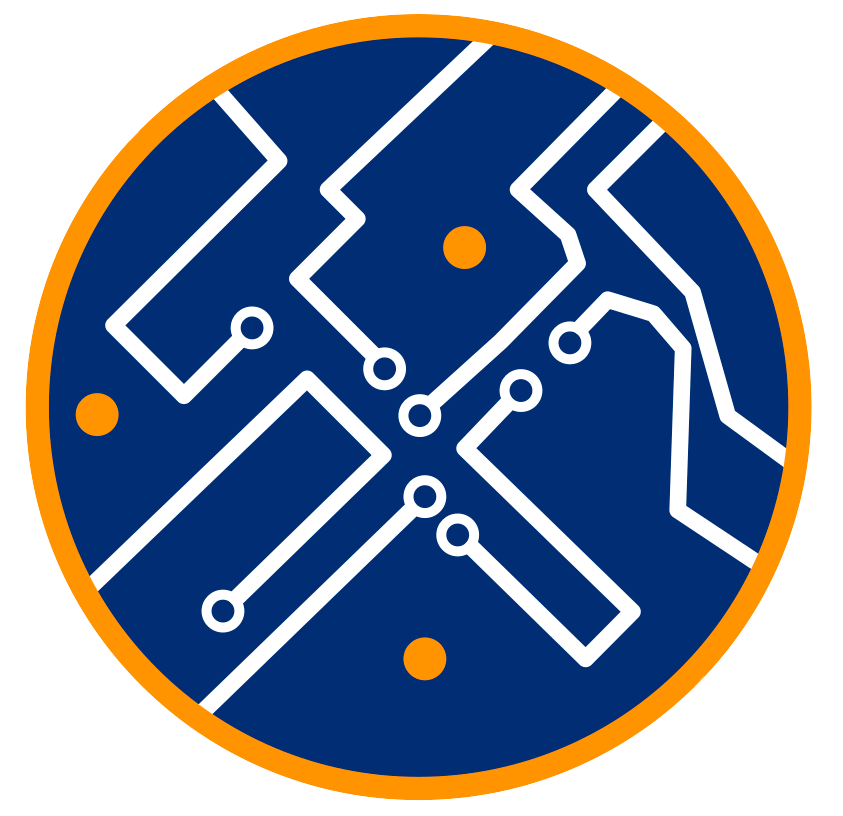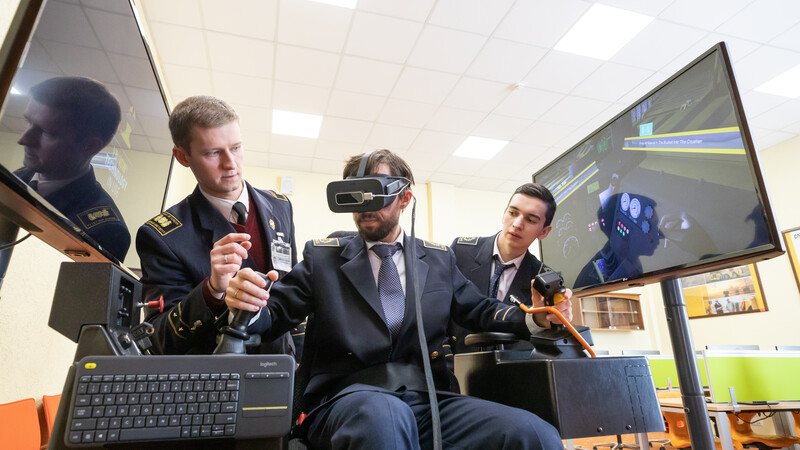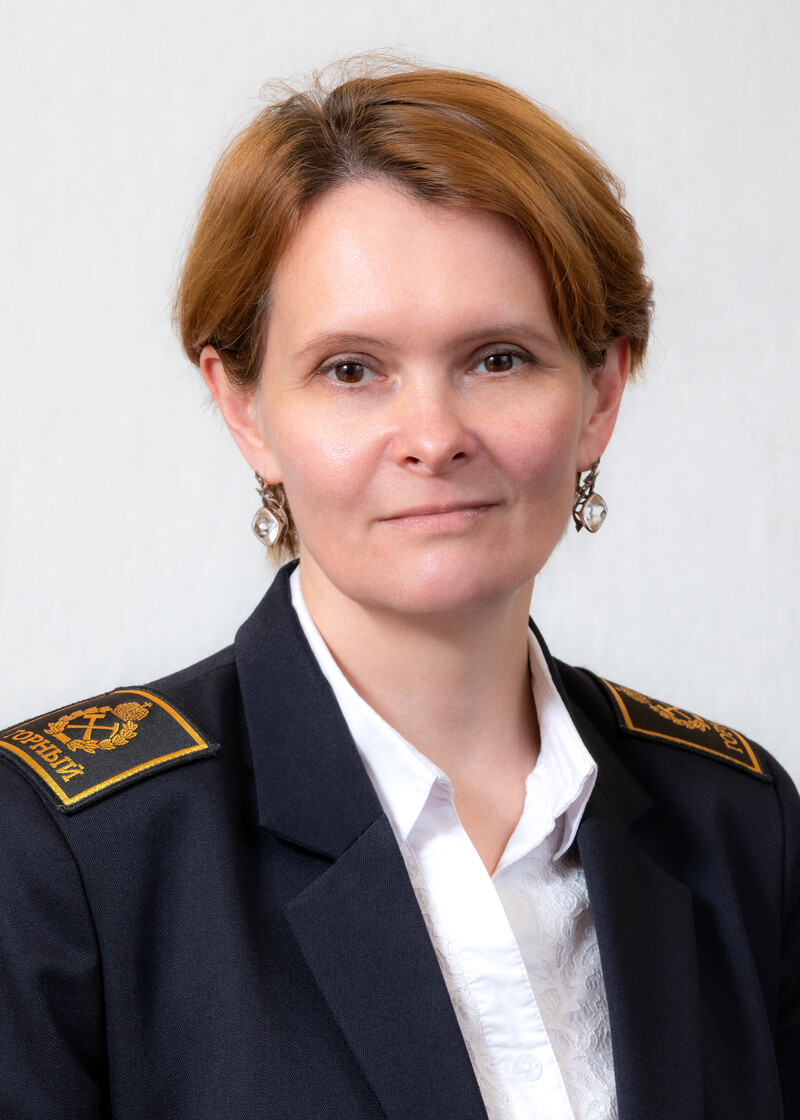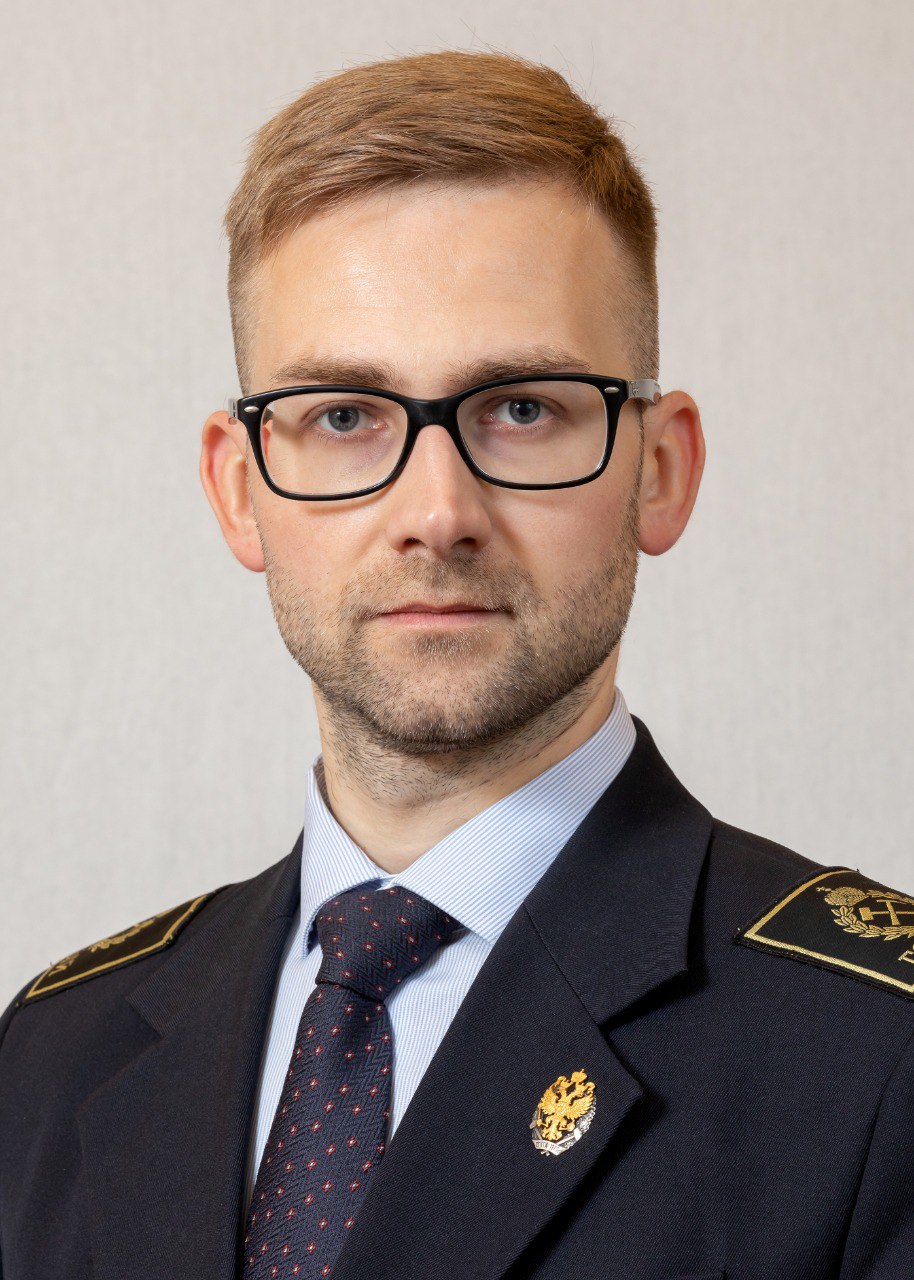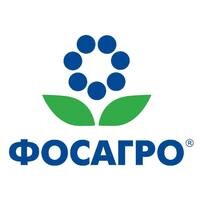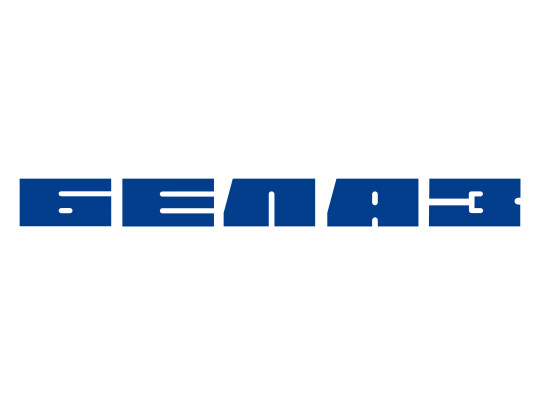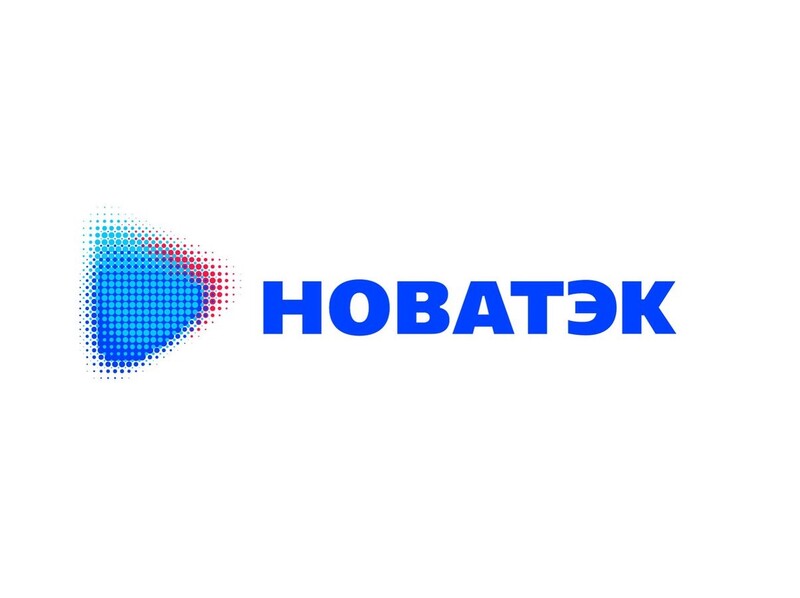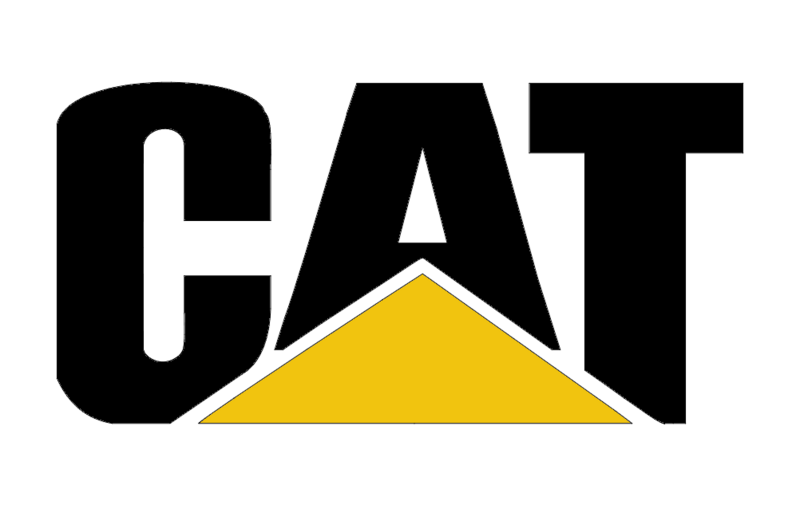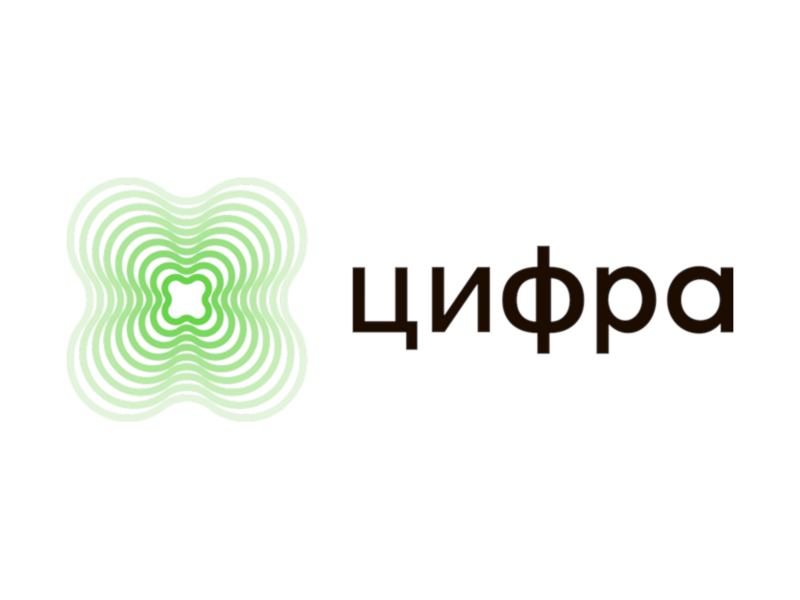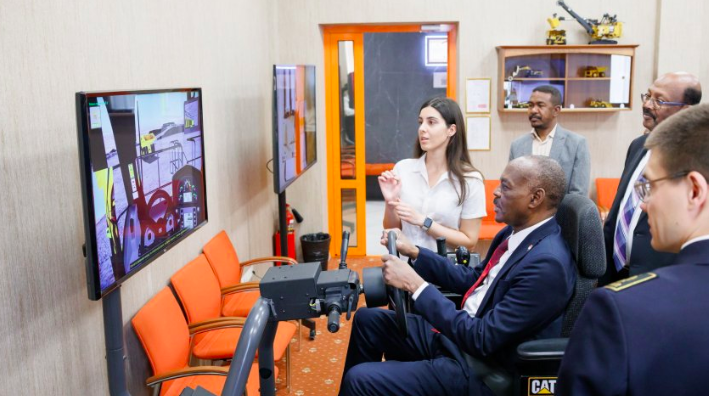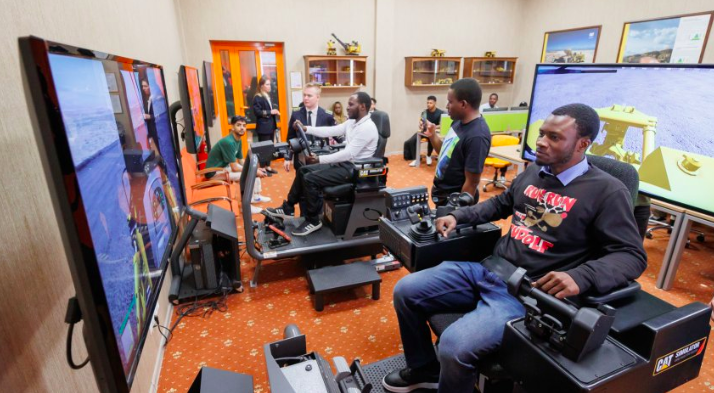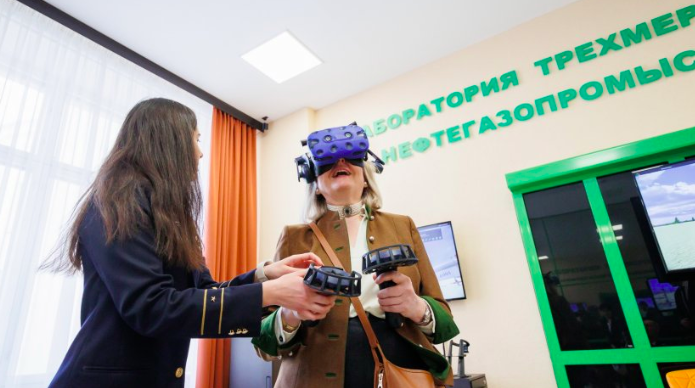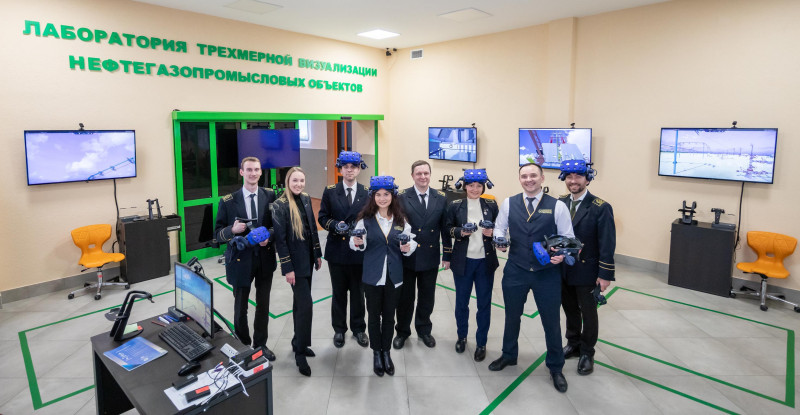
The speed of scientific and technological progress and the disappearance of certain activities associated with the penetration of automation into all areas of production and management processes are factors of possible growth for enterprises of the future. Digital integration, which integrates scientific directions, people, processes, users and data, will create the conditions for scientific and technological advances and breakthroughs, enabling scientific and economic shifts in related industries and, above all, in the global mineral market. In this regard, in 2018, for the purpose of training, research and development in the field of digital technologies for the enterprises of mineral and fuel and energy complexes, the "Educational Center of Digital Technologies" was established at the Mining University.
Learn more about tasks

Directions of scientific research

Study of efficient development and functioning of energy systems on new technological basis, energy saving principles, modern electrical engineering, RES

Theory and methodology of information support of subsoil use objects

Creation of a system of continuous training and professional development aimed at forming professional digital competences of specialists required to ensure the innovative development of the fuel and energy complex

Energy saving and energy efficiency improvement

Transition to advanced digital, intelligent production technologies, robotic systems at the enterprises
This direction implies the consideration of intellectual technologies of electric power systems management, including electric power transmission, electric power demand management, digital twins of electric power facilities, digital information models of electrical engineering systems.
Read more
Laboratory


Within the framework of this direction, new methods of monitoring and management based on digital and information technologies are being developed, and information systems are being created to solve mining industry problems.
Read more
Laboratory


This direction is aimed at the development and popularisation of engineering education, improvement of digital competencies of employees and students, as well as implementation of additional professional education programmes for representatives of fuel and energy complex companies.
Read more
Laboratory


This direction implies research and substantiation of complex indicators of efficiency of energy generation, transport and consumption when supplied from traditional and renewable energy sources, taking into account the impact of global challenges and variation of external factors.
Read more
Laboratory


Within the framework of this direction, research is carried out aimed at improving the efficiency of equipment and technological processes of mining, processing and transporting minerals.
Read more
Laboratory


Scientific publications
Evaluation of bulk material behavior control method in technological units using dem. Part 1
Keywords:Bulk materials | Classification of motion modes | DEM-modeling | Neural networks | Pelletizing drums
Date of publication: 2020-01-01
Journal: CIS Iron and Steel Review
Authors: Boikov, A.V, Savelyev, R.V, Payor, V.A, Erokhina, O.O.
ISSN:24141089
Q1
(Scimago)
Nowadays pelletizing drums are widely used in the steel industry. These units are characterized by high endurance and low cost of maintenance. However, use and control of these units in the process of coarsening have a number of issues. For most of the cases pelletizing drums are “black box” and control accuracy can not be estimated exactly. It is explained by low existing theoretical basis of this production process. Particularly it is tied up with the variability of the bulk materials (charges) parameters supplied to the unit. Overcome of this issues can be reached with development of intelligent control systems for drum pelletizing machines. Main requirement for such systems is possibility to level or consider the effect of charges properties variability in control. However, it is necessary to study the behavior of bulk materials inside the units. Visual assessment of pelletization does not allow to evaluate the ongoing physical processes. Development of mathematical and numerical models can help studying the process and take a lot of parameters into account including charges properties and even interaction with water. But the adequacy of the resulting models also has to be clarified using physical devices to record or capture bulk materials behavior inside the units. This research proposes a DEM simulation test of the concept for bulk material behavior control through the recognition of the mixture movement fragments using special capsules. This part is dedicated to the simulation model set up and extracting the particles trajectories for further processing.

Development of an algorithm for regulating the load schedule of educational institutions based on the forecast of electric consumption within the framework of application of the demand response
Keywords:Big data | Demand response | Digital technologies | Energy efficiency | Energy saving | Internet of things | Machine learning
Date of publication: 2021-12-01
Journal: Sustainability (Switzerland)
Authors: Zhukovskiy, Y.L, Kovalchuk, M.S, Batueva, D.E, Senchilo, N.D.
ISSN:20711050
Q1
(Scimago)
There is a tendency to increase the use of demand response technology in the Russian Federation along with other developing countries, covering not only large industries, but also individual households and organizations. Reducing peak loads of electricity consumption and increasing energy efficient use of equipment in the power system is achieved by applying demand management technology based on modeling and predicting consumer behavior in an educational institution. The study proposes to consider the possibility of participating in the concept of demand management of educational institutions with a typical workload schedule of the work week. For the study, statistical data of open services and sources, Russian and foreign research on the use of digital and information technologies, analytical methods, methods of mathematical modeling, methods of analysis, and generalization of data and statistical methods of data processing are used. An algorithm for collecting and processing power consumption data and a load planning algorithm were developed, including all levels of interaction between devices. A comparison was made between the values of the maximum daily consumption before and after optimization, as well as the magnitude of the decrease in the maximum consumption after applying the genetic algorithm. The developed algorithm has the ability to scale, which will increase the effect of using the results of this study to more significant values. Load switching helps to reduce peak consumption charges, which often represent a significant portion of the electricity cost.

Technical vision system for analysing the mechanical characteristics of bulk materials
Date of publication: 2018-01-30
Journal: Journal of Physics: Conference Series
Authors: Boikov, A.V, Payor, V.A, Savelev, R.V.
ISSN:17426596
In this article actual topics concerned with mechanical properties of bulk materials, usage of computer vision and artificial neural networks in this research are discussed. The main principles of the system for analysis of bulk materials mechanical characteristics are described. Bulk material outflow behaviour with predefined parameters (particles shapes and radius, coefficients of friction, etc.) was modelled. The outflow was modelled from the calibrated conical funnel. Obtained dependencies between mechanical characteristics and pile geometrical properties are represented as diagrams and graphs.
Partner reviews
"Together with the Educational Center of Digital Technologies at St. Petersburg Mining University, we have been collaborating for several years to shape fundamental and applied challenges and ideas for the digitalisation of the mining industry."
"We are very glad to be part of the process that the Educational Center of Digital Technologies at St. Petersburg Mining University is engaged in. We are confident that this centre can become an assembly point for all those new solutions that will bring the mining industry to a new level."
The Committee for the Fuel and Energy Complex of the Leningrad Region expresses its gratitude to you for your support in holding the Festival and organising an informative exposition of the enterprise aimed at attracting the young generation to the fuel and energy complex profession.
Thanks to your efforts, we will be able to further educate young people full of strength and aspirations for knowledge and creativity in the field of energy saving.
We hope for further fruitful co-operation in the field of energy saving.
Thanks to your efforts, we will be able to further educate young people full of strength and aspirations for knowledge and creativity in the field of energy saving.
We hope for further fruitful co-operation in the field of energy saving.
On behalf of the Ministry of Energy of Russia, we would like to express our gratitude to the WeWatt team of young researchers for the great and necessary work for the industry, done under your leadership on a proactive and pro bono basis.
The results of this study will serve as a basis for further work in this area and will be useful to coal companies in carrying out digital transformation of production facilities, contributing to the effective and successful achievement of the goal.
The results of this study will serve as a basis for further work in this area and will be useful to coal companies in carrying out digital transformation of production facilities, contributing to the effective and successful achievement of the goal.
Institute for Problems of Integrated Subsoil Development, Dmitry Klebanov
Leonid Zhukov, Director of SITECH Division of Zeppelin Rusland Ltd.
Committee for Fuel and Energy Complex, Chairman of the Committee Y.V. Andreev
Ministry of Energy of the Russian Federation
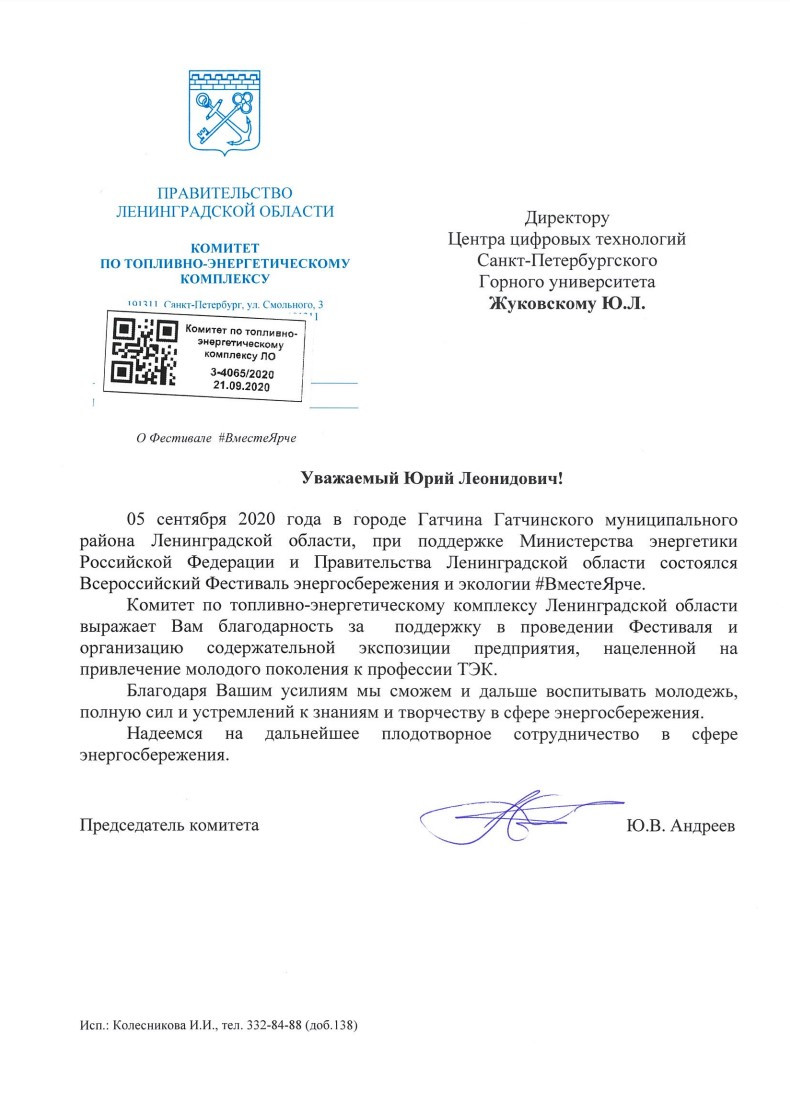
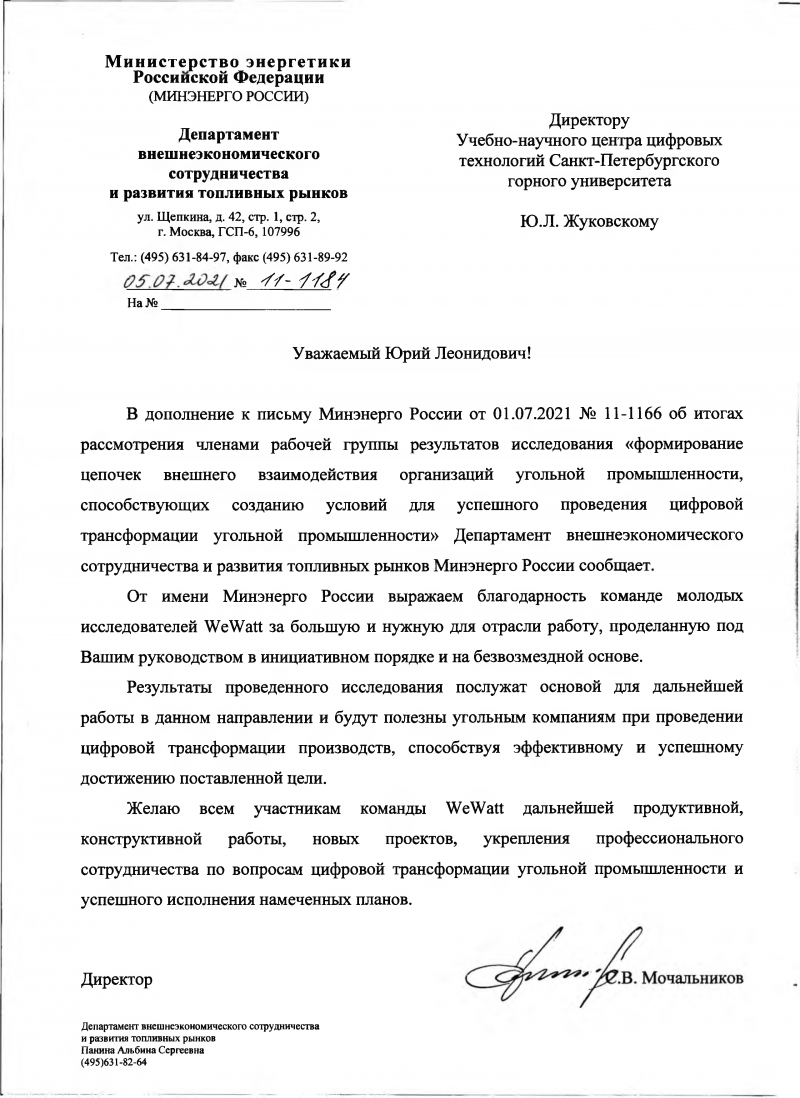

Scientific Center in persons
All employees
Feedback
News
